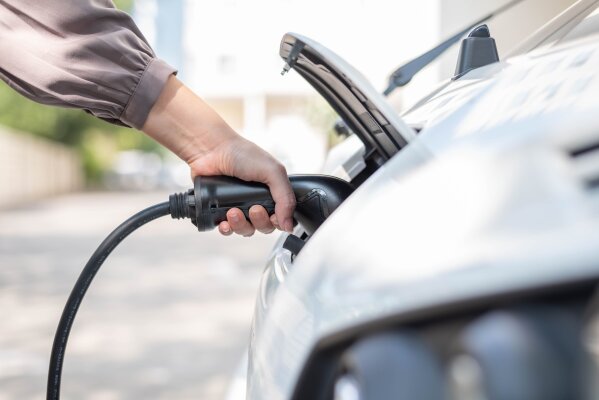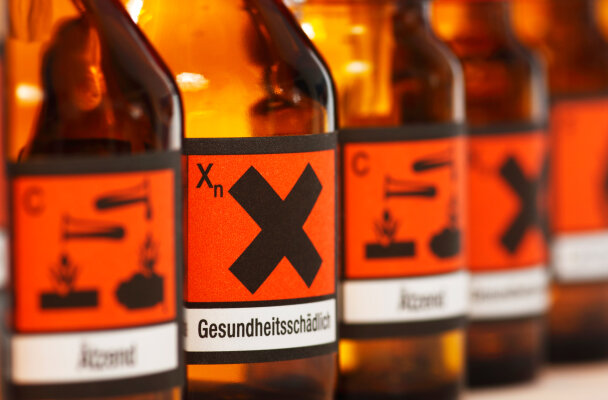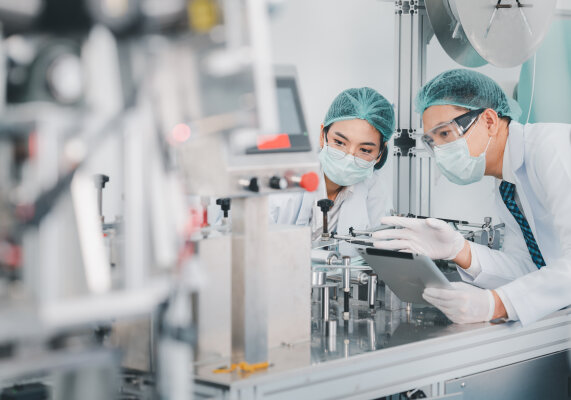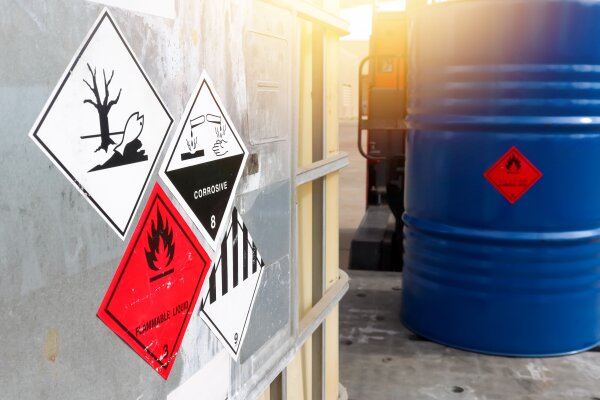Innovations in e-mobility – breakthrough in battery research

Design and functionality – these are certainly the aspects that are important in an electric car from a consumer perspective. Of course, battery performance is at least as important. The higher the range, the more convincing the vehicle. It is precisely this aspect that poses massive challenges for the industry. Scientists around the world are working flat out to make electric cars suitable for long-distance travel. The same applies to aircraft with electric propulsion. In this respect, the latest discovery in battery research is a real milestone in the further development of e-mobility.
Faster, further, higher – e-mobility on the rise
Battery electrolytes are the “magic word” when it comes to increasing the range of batteries for cars and aircraft. Scientists at Lawrence Berkeley National Laboratory have succeeded in drastically increasing the range of electric vehicles and aircraft.
The dark side of battery production
The fundamental aim is to achieve sustainability targets with a view to reducing greenhouse gases, nitrogen oxides and the like. E-mobility plays an important role in this context. The industrialized nations are literally praising e-mobility “to the skies”. Few think of the children in developing countries who have to mine the cobalt required for vehicle batteries, usually under inhumane conditions in the cobalt mines of Asia or the Republic of Congo. When it comes to the disposal of batteries, again the children of the Third World are left behind. Thus, a large number of them suffer from severe lead exposure – averaging around five micrograms per deciliter of blood.
Something is happening in electromobility
In order to produce batteries for e-cars, far more energy is generally consumed than they yield in the course of their useful life. Quite apart from that, the purchase costs are immense, the charging times far too long and the ranges too short. Chinese researchers, however, have now developed a kind of “super battery” for vehicles with electric drives that can be charged in just a few minutes. The scientists at the University of Science and Technology of China are using a special mixture of graphite and black phosphorus to improve the service life and charging times of electric car batteries.
This battery innovation should not take longer than 10 minutes to recharge, and the scientists claim that a range of up to 500 kilometers is easily possible. Compared to classic graphite, black phosphorus has significantly more electrons, which in turn can react with more lithium ions. This kills three birds with one stone, so to speak:
- The efficiencyof the battery is significantly increased.
- The production is less time-consuming and costly.
- This material is much more environmentallyfriendly than graphite in common lithium-ion batteries.
Disadvantage: Black phosphorus could not be used as desired so far in view of the chemical reactions on its surface.
80 percent of capacity after only 10 minutes charging time
Researchers have recently discovered a way to address the issue that currently remains. They designed a battery variant whose composition consists of 15 percent graphite. The far greater part is supplemented by black phosphorus. Tests have shown that the mixture of materials can restore up to 80 percent of capacity after just ten minutes of charging. But more testing is needed to bring the battery innovation to market. However, there is general agreement that the new “super battery” will soon revolutionize e-mobility.
Battery innovations from Münsterland
The MEET Battery Research Center at the Westphalian Wilhelms University in Münster is also coming up with a groundbreaking new discovery in terms of e-mobility. In collaboration with scientists from the universities in Shanghai and Wuhan, the company has succeeded in designing a zinc-air battery that is not only particularly powerful and environmentally friendly, but also safe and extremely cost-effective.
Overall, the zinc-air battery is characterized by its increased energy density and, accordingly, can easily compete with the lithium-ion battery. But it is also a fact that there is still “room for improvement” when it comes to the service portfolio, efficiency and environmental friendliness. In this context, it is worth taking a look at Israel. There, there is a research team that specializes in the development of aluminum-air and zinc-air battery systems. In the future, these will be used for stationary applications as well as for equipping e-cars. In collaboration with the petroleum company IndianOil, the scientists are still working at full speed to improve their innovation.
Whether in Münster, China, Israel or the USA – the developments in battery research are literally impressive. So entrepreneurs and consumers can be excited about what the market will offer in the coming years.
Video: E-Mobility | Episode 2 - All about battery research
In our latest medsolutTV episode on e-mobility, host Vincent Schneider turns his focus to battery research. Because both production and performance of the batteries often raise a lot of questions. These are answered in the video. Take a look for yourself:
Have comments or questions about the topic or want to share a suggestion for our upcoming posts as well as our YouTube channel with our team? Then do not hesitate to contactus at any time. We will be happy to receive your ideas and suggestions.




